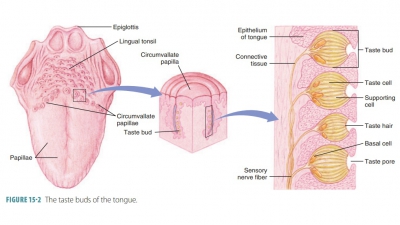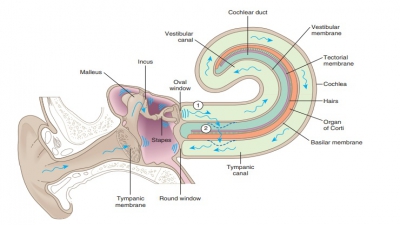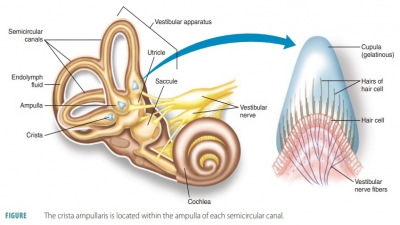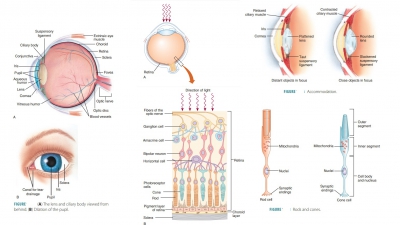Special Senses
| Home | | Anatomy and Physiology | | Anatomy and Physiology Health Education (APHE) |Chapter: Anatomy and Physiology for Health Professionals: Special Senses
The central nervous system (CNS) processes and inter-prets nerve impulses from sensory receptors that detect environmental changes.
Special
Senses
After
studying this chapter, readers should be able to:
1. Describe
the sensory organs of taste.
2. Explain
how the sense of taste depends upon the sense of smell.
3. Name
the five primary taste sensations.
4. Explain
the mechanism for the sense of smell.
5. Describe
what is considered “normal vision” as well as being “legally blind.”
6. Identify
the accessory structures of the eye.
7. Describe
how refraction occurs within the eye.
8. Describe
the structures of the middle and inner ear.
9. Distinguish
between static and dynamic equilibrium.
10. Describe
the parts of the inner ear and their roles in equilibrium.
Overview
The central nervous system (CNS)
processes and inter-prets nerve impulses from sensory receptors that detect
environmental changes. Feelings and sensations are the body’s responses to
these nerve impulses. Receptors that function in the special senses are much
more com-plex than those functioning in the general senses. The special senses are smell, taste, hearing, equilibrium,
and sight. The general (somatic) senses
are pressure, temperature, pain, and touch discussed in Chapter 13).
Special
Senses
Although
the general receptors of the sensory neurons are distributed widely throughout
the body, the special sensory receptors are distinct receptor cells. They are
located in the head region and are highly localized. Thespecial
senses of smell, taste, hearing, equilibrium, and sight require large, complex
sensory organs, including the olfactory organs, taste buds, ears, and eyes.
Related Topics




